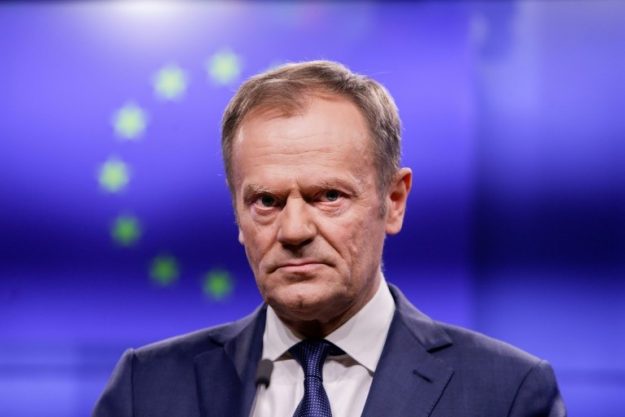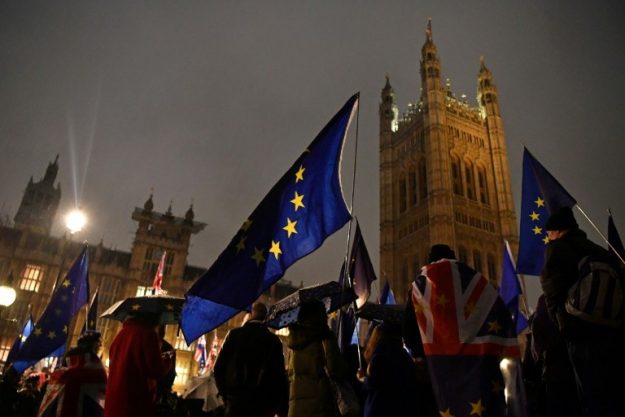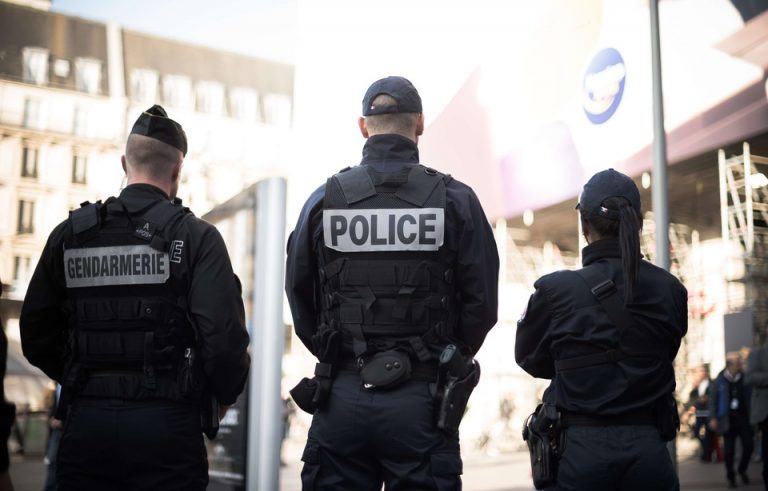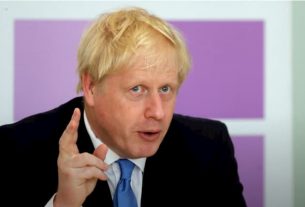Prime Minister Theresa May arrives in the European capital in a tense atmosphere, in the wake of a controversy created by the President of the European Council Donald Tusk.
British Prime Minister Theresa May will try on Thursday 7th February, 2019 in Brussels to obtain a new compromise on the burning issue of the Irish border , despite the obstinate refusal of the European Union to renegotiate the withdrawal agreement of the United Kingdom.
Theresa May arrives in the European capital in a tense atmosphere, after a controversy created by the President of the European Council Donald Tusk.
“I wonder what this special place in hell looks like, for those who promoted Brexit without even drafting a plan to achieve it safely,” said Tusk, who leads the gathering. Heads of State and Government, at a press point with Irish Prime Minister Leo Varadkar.
This comment provoked passionate reactions in the United Kingdom.
Several meetings scheduled in the day
The meeting between Theresa May and Donald Tusk is scheduled for 3pm. The British Prime Minister will have met before the President of the Commission Jean-Claude Juncker at 11 am and the President of the European Parliament Antonio Tajani, flanked by his referent Brexit Guy Verhofstadt, at 2pm.
Ms. May’s task promises to be difficult, by her own admission, as Europeans have repeatedly said that the withdrawal agreement, which the 27 and the British government endorsed at the end of November, was “not open”. to renegotiation.
But all continue to say they want to avoid the dreaded scenario of a Brexit without agreement on March 29th.
London, for its part, relies on the vote of its parliament, which rejected mass this compromise at the beginning of the year.
Trap of the safety net
According to her spokesperson, Ms. May is going to admit that it will be “not easy” to get changes and that the withdrawal agreement was “negotiated in good faith”.
But “the Parliament voted by a significant majority (…), sending an unequivocal message that the change is necessary”, should argue the leader, according to elements provided in advance by Downing Street.
“The goal of the UK is to find a way to ensure that we can not and will not be trapped in the safety net”

This provision, often referred to by the term “backstop”, was introduced in the withdrawal agreement as a last resort solution to avoid the return of a physical boundary on the island of Ireland.
This provides that the United Kingdom would remain in a customs union with the EU, and the British province of Northern Ireland in the single market for goods, in order to avoid physical customs and regulatory controls, if no other solution is found during negotiations on the future relationship between London and the EU.
To achieve her goals, Mrs May should look for changes to the withdrawal treaty.
According to Downing Street, three options are envisaged for the backstop: a limit in time, a unilateral exit decided by the United Kingdom, or a plan proposed by deputies based notably on the use of technologies for dematerialised customs controls.
But Brussels has already rejected the first two options in the past and doubts the feasibility of the third.
EU stands on its stance
On Wednesday, on the occasion of the visit of Leo Varadkar in Brussels, Donald Tusk and Jean-Claude Juncker camped on the European position.
“We can not accept that the withdrawal agreement is reopened” to the discussion, hammered Jean-Claude Juncker in a press conference.
“And since the backstop is part of the withdrawal agreement, we can not reopen the backstop discussion.”
For the European Union, it is not only a question of not weakening the 1998 Peace Agreements that put an end to the turmoil in Northern Ireland, but also of preserving a basic principle of the bloc: the single market.





